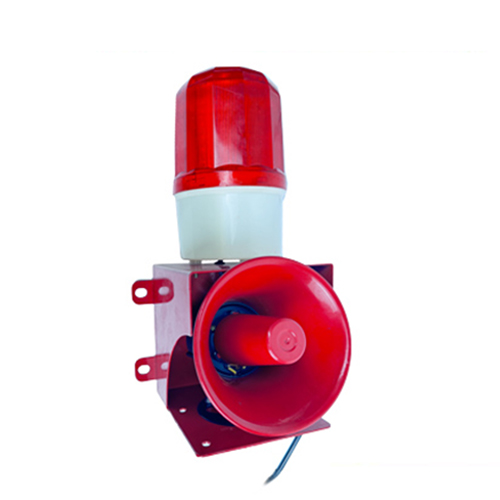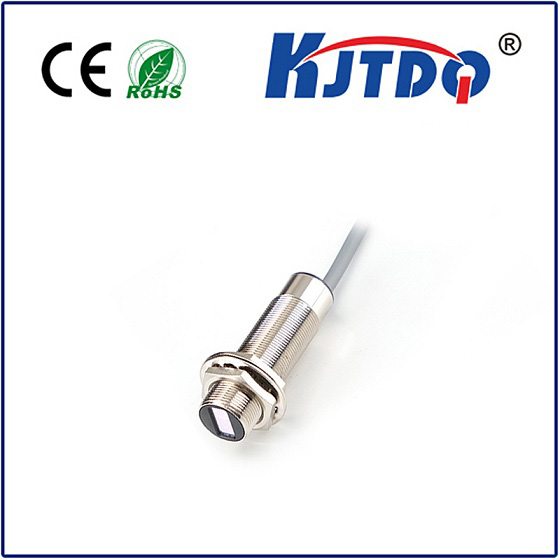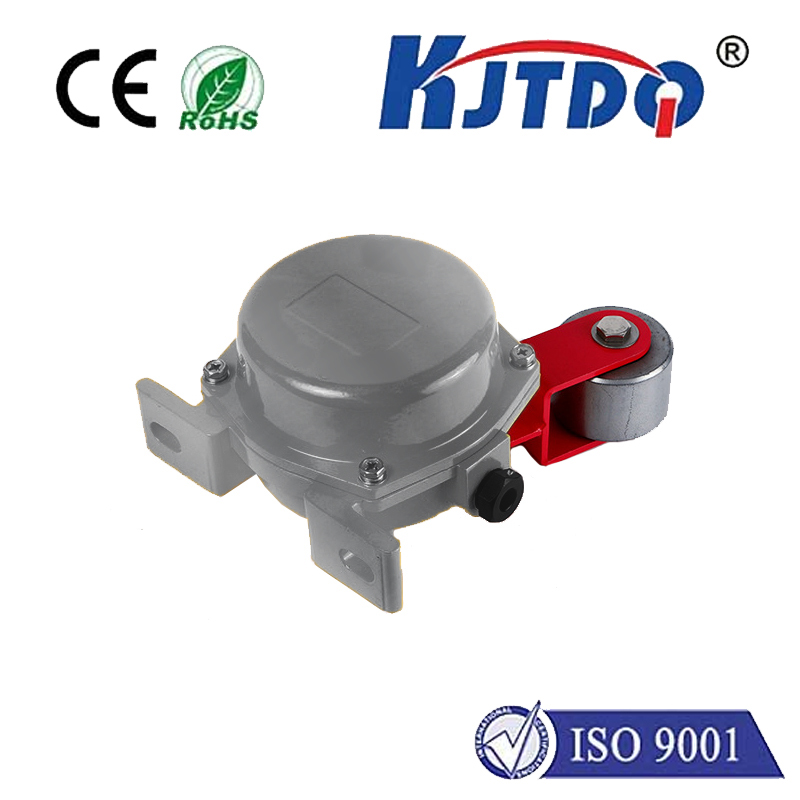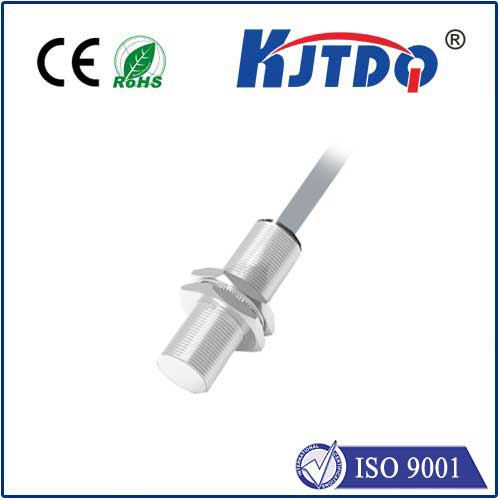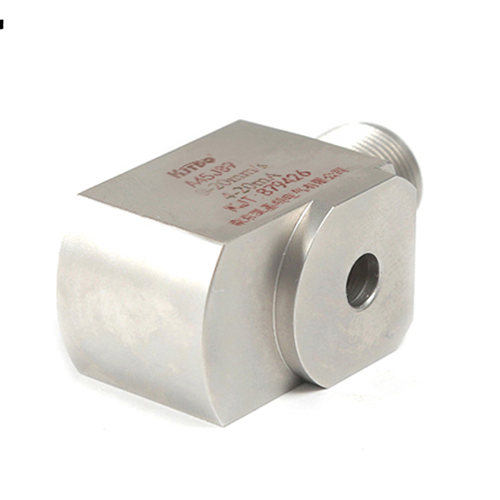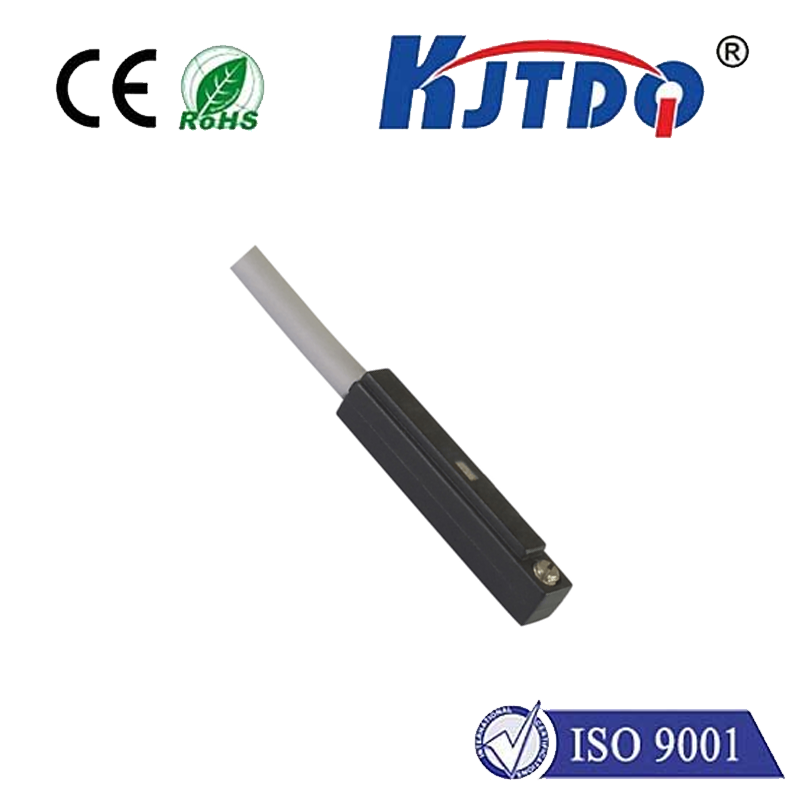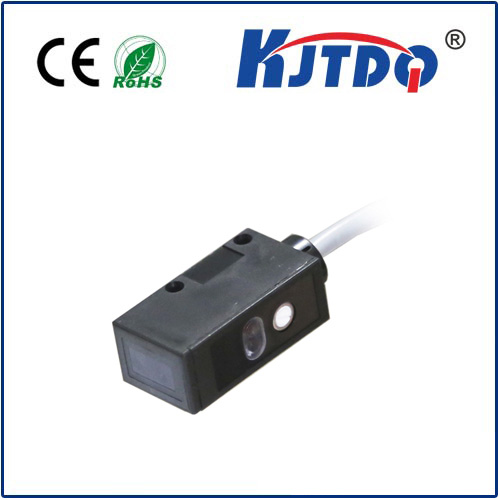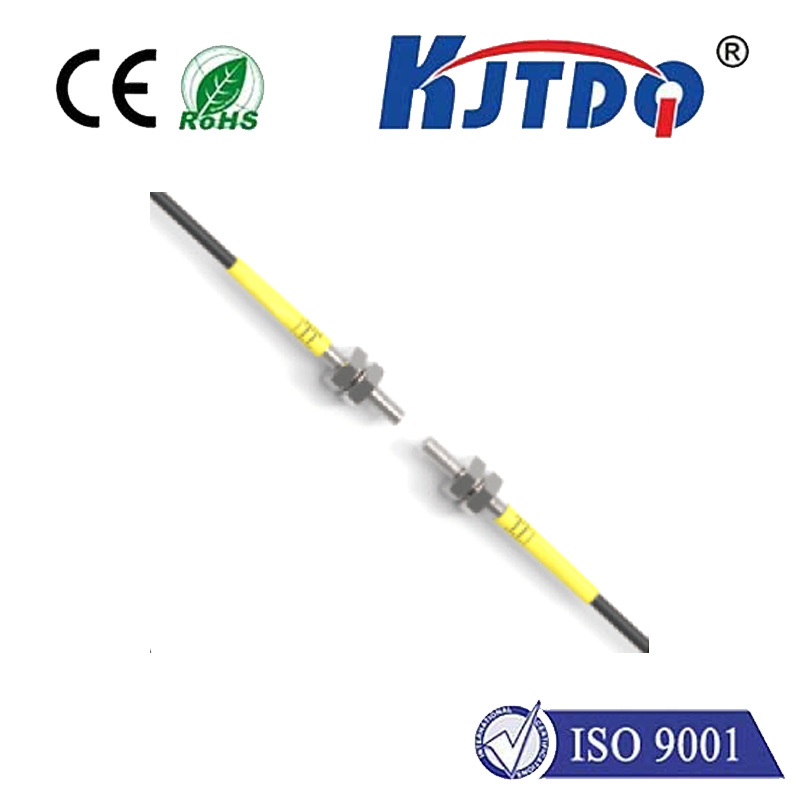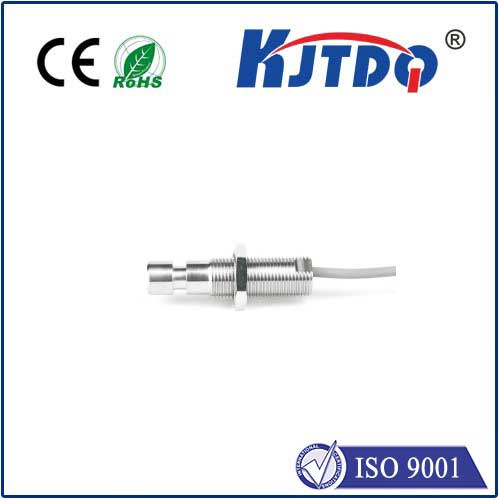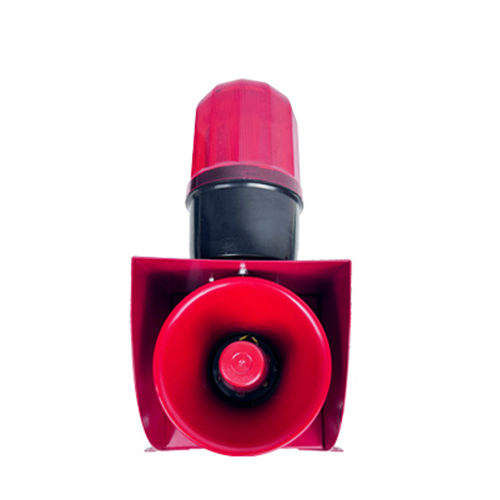nll1 limit switch
- time:2025-08-06 10:38:04
- Click:0
The Unsung Sentinel: How the NLL1 Limit Switch Safeguards Industrial Operations
Imagine a critical piece of automation machinery relentlessly repeating its cycle. Suddenly, something malfunctions – an actuator overshoots, a conveyor jams, a barrier fails to lower. Without an immediate response, this could lead to catastrophic damage, costly downtime, or even safety hazards. This is where a silent, rugged hero often deployed at the front lines steps in: the NLL1 Limit Switch.
Understanding the NLL1: More Than Just a Switch
The NLL1 limit switch is not merely an electrical component; it’s a fundamental safety and position-sensing device found extensively in industrial automation, manufacturing, and machinery control. Its primary mission is straightforward yet vital: to detect the presence or absence of an object, or to monitor the physical position or travel limits of moving parts. When the target (often a cam or actuator) actuates the switch’s operating head, it triggers an internal mechanism to change the state of its electrical contacts. This signal serves as a critical input for machine controllers (PLCs), instantly telling the system: “Stop,” “Start,” “Position Reached,” or “Safe/Unsafe Condition.”
Why the NLL1 Stands Out: Engineering for the Real World

While the basic function might seem simple, the NLL1 series embodies engineering principles specifically tailored to survive harsh industrial environments, setting it apart:
- Robustness Personified: Built from resilient materials like hardened metals and industrial-grade plastics, the NLL1 is designed to shrug off impacts, vibrations, and mechanical stress that would cripple lesser components. Its rugged construction ensures longevity even under constant cycling.
- Unwavering Reliability: In critical applications, failure is not an option. The NLL1’s design emphasizes dependable contact operation and consistent actuation, ensuring signals are sent precisely when needed, every single time.
- Defender Against Contaminants: Dust, moisture, coolants, and oils are common adversaries on the factory floor. The NLL1 limit switch typically boasts a high Ingress Protection (IP) rating (commonly IP65, IP67, or higher). This sealed design prevents contaminants from compromising internal mechanisms or contacts, ensuring consistent performance in dirty or wet conditions.
- Simple Integration, Flexible Mounting: Designed for practicality, the NLL1 features standardized mounting points and clear wiring terminals or connectors. Its compact form factor allows installation in tight spaces, while various operating head styles (lever, roller plunger, rod, etc.) cater to diverse actuation methods and physical constraints.
- Electrical Versatility: Available with different contact configurations (SPDT, DPDT) and voltage/current ratings, the NLL1 can interface seamlessly with a wide range of control circuits, whether managing PLC inputs, relay coils, or directly controlling smaller loads.
Where the NLL1 Proves Its Mettle: Industrial Applications
The NLL1 limit switch finds its indispensable role across countless applications:
- Position Verification: Confirming a robot arm has fully retracted, a gate is securely closed, or a valve has reached the open or closed position.
- Travel End Detection: Acting as a safety limit to halt a linear actuator, conveyor belt, hoist, or crane when it reaches its designated maximum or minimum travel. This is crucial for preventing mechanical over-travel and potential damage.
- Part Presence/Absence Sensing: Detecting whether a workpiece is correctly positioned on a fixture, a pallet has arrived at a workstation, or an access door is sealed before starting a process.
- Sequence Control: Triggering the next step in a multi-stage automated process once a previous stage (and position) is confirmed.
- Safety Interlocking: Ensuring protective guards or covers are closed and locked before potentially dangerous machinery can be energized. The NLL1 often acts as a direct input to safety circuits.
- Counting & Positioning: Used repetitively to count cycles or provide positional feedback within defined limits.
Key Considerations for Implementing NLL1 Switches Effectively
To truly harness the power of the NLL1 limit switch, several factors demand attention:
- Actuator Selection: Choosing the right operating head (roller lever, plunger, fork lever, etc.) is critical. It must reliably engage with the target cam or actuator under the specific motion, force, and speed conditions. Consider potential snagging or wear.
- Precise Positioning & Rigid Mounting: The switch must be mounted securely and aligned with absolute precision relative to the actuating target. Vibration or movement of the switch itself can cause false signals or failure.
- Environmental Factors: While robust, confirm the specific NLL1 variant meets the actual environmental challenges – temperature extremes, chemical splashes, washdown requirements – ensuring the chosen IP rating is adequate.
- Electrical Specifications: Match the switch’s contact rating (voltage, current, AC/DC) precisely to the load it will control. Using contacts beyond their rating drastically shortens lifespan. Consider inductive load snubbing if required.
- Redundancy for Critical Safety: In high-risk safety applications, employing redundant switches or switches specifically designed and certified for Safety Instrumented Functions (SIF) might be mandatory. Always adhere to relevant safety standards (e.g., ISO 13849, IEC 62061).
The NLL1: An Essential Component in the Automation Landscape
In the symphony of modern industrial automation, where precision, safety, and efficiency are paramount, the NLL1 limit switch plays the role of a tireless, vigilant musician. It may operate behind the scenes, obscured by larger machinery, but its contribution is fundamental. By providing reliable, rugged, and cost-effective position sensing and travel limitation, the NLL1 safeguards equipment, protects personnel, and ensures processes run smoothly and predictably. It’s a testament to how a well-engineered, fundamental component can be the bedrock upon which complex, reliable automation systems are built. When specifying controls for machinery, overlooking the critical role of a robust limit switch like the NLL1 is a risk few can afford to take.






